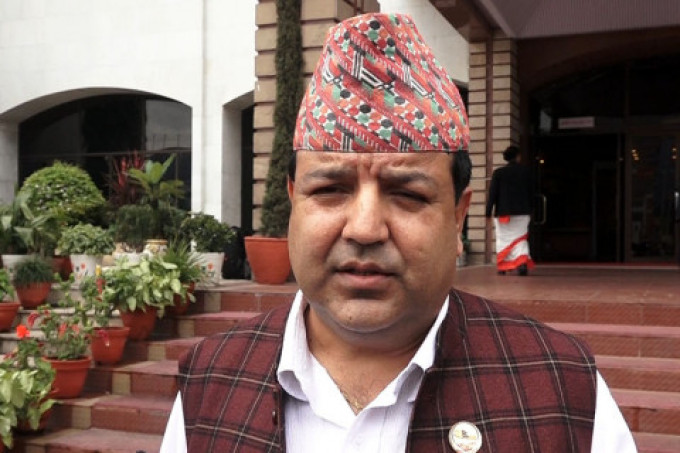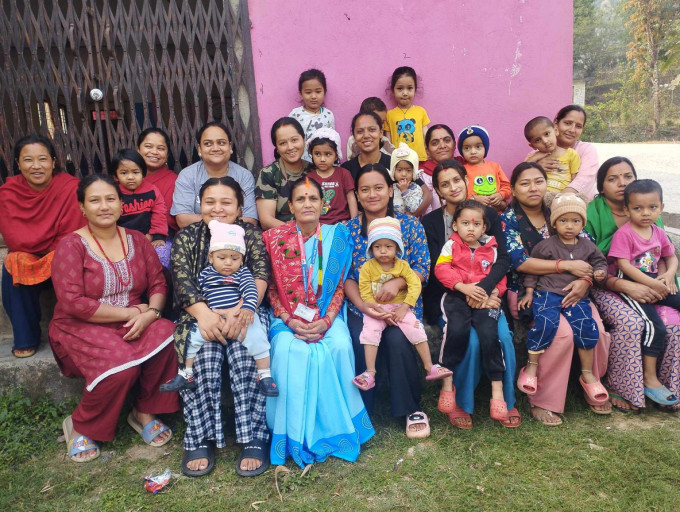Gentamicin is a commonly used antibiotic in the treatment of severely unwell newborns. It is water soluble and is mostly excreted from the body through the urine. As a result, total body weight, which includes the weight of the body's water content, is utilised to calculate gentamicin dose. The overall water content of a healthy newborn, on the other hand, differs dramatically from that of a preterm infant.
As a result, calculating gentamicin dosage based on total body weight may result in non-optimal dose prescription. Premature newborns also have weaker kidneys, therefore a difference in medicine dosage might have a severe influence on their renal function. As a result, a more precise method of calculating gentamicin dosage for infants is required.
The findings of the research was published in Pediatric Investigation on June 8, 2023.
Fat and fat-free mass are important measurements that can be used to calculate a variety of body parameters. Fat mass is simply the total amount of body fat while fat-free mass is the body's weight after subtracting the fat mass. In a new study, a medical research team from the Arabian Gulf University, Bahrain, and the Bahrain Ministry of Health, led by Dr. Kannan Sridharan, demonstrated that fat-free mass is a better alternative to total body weight for calculating gentamicin dosage.
"Our hypothesis was that the dosage of gentamicin shall need adjustment," remarked Dr. Sridharan. The test their hypothesis, the team measured the 'peak' or highest (Cmax) and 'trough' or lowest (Cmin) concentrations of gentamicin in the blood of critically ill newborns, after administering two doses of the antibiotic. The team used a latex-enhanced immunoturbidimetric method to measure gentamicin concentrations, based on fat-free mass. They determined the body fat and fat-free mass of the newborns by measuring skinfold thickness around their triceps. The researchers observed that premature babies had a much higher gentamicin concentration in the blood compared to term babies. In fact, the team observed a general trend where gentamicin concentration in the blood increased the more premature the babies were. Babies with low birth weight (often seen in premature babies) also showed higher blood concentrations of the antibiotic. Additionally, premature babies had more fat mass (21% more) than term neonates. "The most plausible reason for this is the administration of total parenteral nutrition in preterm neonates," Dr Sridharan explained.
Currently, the accepted gentamicin dosage is around 4 to 5 mg/kg every 24, 36, or 48 hours. The team found that this dosage regimen was insufficient for treatment in one-third of the newborns studied. Based on fat-free mass, the team determined the recommended gentamicin doses for extremely premature babies to be 7.95 mg/kg every 48 hours, and 7.30 mg/kg every 36-48 hours for very premature babies. For late premature babies, the optimal concentration was 5.90 mg/kg every 36-48 hours. Finally, for term babies, 5.10 mg/kg every 24 hours was found to be optimal.
The study demonstrated that fat-free mass is a more accurate parameter when calculating gentamicin doses for newborns, especially those of premature birth. "In the future, fat-free mass dosing may be considered for obtaining optimal therapeutic effects in neonatal populations," concluded Dr. Sridharan. While further research is needed to establish the safety of fat-free mass-based gentamicin dosage, the study opens a promising alternative to the calculation of antibiotic dosage based on whole body weight.
READ ALSO:









